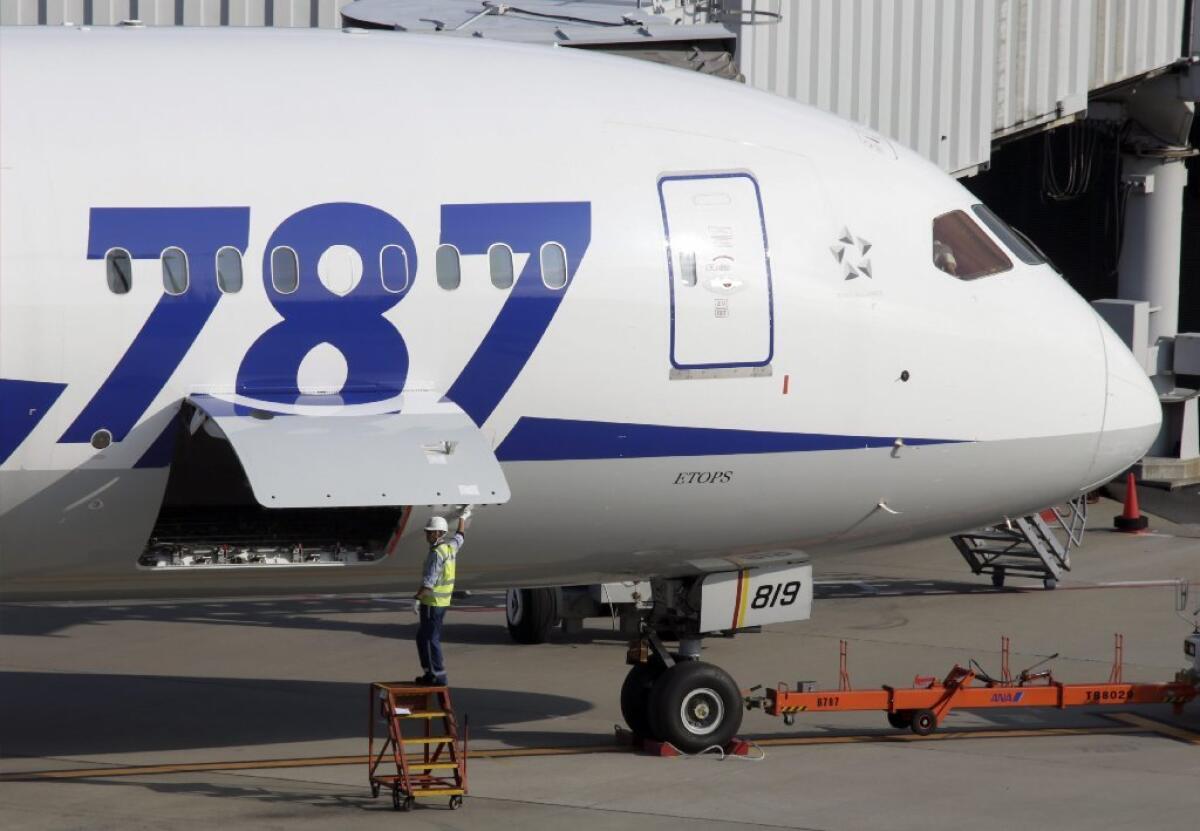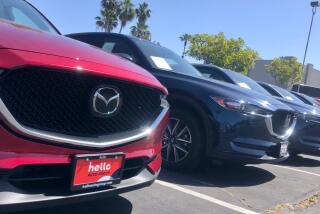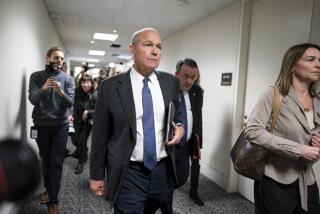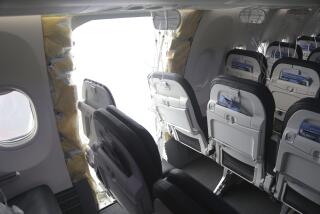FAA to issue warning on engine icing risks on 787s and 747s

- Share via
The Federal Aviation Administration plans to issue a warning to airlines flying certain Boeing Co. 787 Dreamliners and 747-8 jumbo jets, advising that they avoid high-altitude thunderstorms after instances of icing.
The anticipated move comes after Boeing notified airlines last week that the planes, outfitted with the GEnx engine made by General Electric Co., could have icing problems if they flew close to the storms.
The warning is an “interim action to make sure pilots avoid icing conditions that could affect engine power and possibly damage the engine,” the FAA said. “The FAA has been working closely with Boeing and GE to monitor and understand these events as the companies develop a permanent solution. “
FULL COVERAGE: Boeing’s troubled Dreamliner
Boeing has delivered a total of 118 of the planes with GEnx engines. The FAA said its warning, which is expected to be formally issued this week, affects 14 aircraft registered in the United States.
There have been nine events on the planes in which ice crystals entered and collected in the engine, causing a loss of thrust, the FAA said. All of these events occurred during cruise phase of flight at 33,000 feet or above, when the airplane flew through a large area where several thunderstorms merged, the agency said.
The FAA’s warning prohibits the planes from flying within 50 nautical miles of thunderstorms that may contain ice crystals.
Boeing “is working with its customers and GE to address the icing issue,” the company said in a statement. “Boeing is disappointed in any impact this situation may have on our customers, as is the GE team.”
This is the latest in a string of issues that the Chicago aerospace giant has faced with its flagship jet, the 787 Dreamliner.
The 787, a twin-aisle aircraft that can seat 210 to 290 passengers, is the first large commercial jetliner with more than half its structure made of composite materials -- carbon fibers meshed together with epoxy -- rather than aluminum sheets. It entered service for the first time in October 2011 for the Japanese airline All Nippon Airways.
Problems cropped up shortly after, but culminated in January when the FAA grounded all 787s for nearly four months after lithium-cobalt batteries on two planes overheated, with one catching fire.
The fleet returned to service in April after the FAA required airlines flying 787s to install containment and venting systems for the batteries.
Then in July, a fire erupted on an empty 787 while it was parked at London’s Heathrow Airport. The event was eventually traced back to a device, called an emergency locator transmitter, which the FAA required airlines to inspect or remove.
In midday trading, Boeing’s shares were up $1.33, or 1%, at $134.33.
ALSO:
SpaceX scrubs rocket launch at Cape Canaveral over technical issues
Cold War-era ‘Warthog’ plane targeted for retirement amid budget cuts
More to Read
Inside the business of entertainment
The Wide Shot brings you news, analysis and insights on everything from streaming wars to production — and what it all means for the future.
You may occasionally receive promotional content from the Los Angeles Times.











